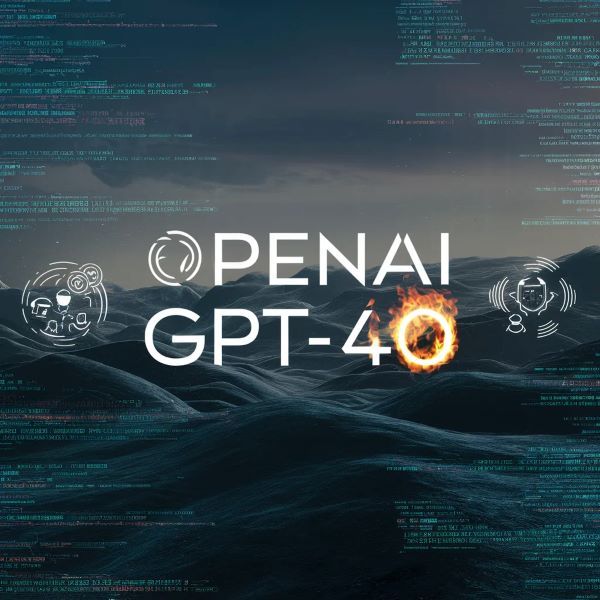Open Source Intelligence (OSINT) has experienced a remarkable transformation with the rise of artificial intelligence (AI) technologies.
The integration of AI has changed the way researchers, journalists, and cybersecurity experts approach the gathering, analysis, and interpretation of information. This article explores key AI tools and platforms that are accelerating OSINT investigations.
These AI-driven OSINT solutions are proving invaluable across several domains. Social media monitoring platforms enable researchers and journalists to detect coordinated disinformation efforts and understand how misleading narratives propagate online. Audio transcription tools aid law enforcement agencies by converting audio evidence into searchable text, making investigations faster. Cybersecurity analysts can leverage research-focused tools to gather comprehensive intelligence on emerging cyber threats, attacker tactics, and digital footprints across the web.
All these AI capabilities streamline the OSINT process and provide deeper insights into complex issues that will be difficult to achieve using traditional methods.
Research-Oriented Tools
- Perplexity: Perplexity AI is an AI-chatbot-powered research and conversational search engine that answers queries using natural language predictive text.
- YouChat: YouChat provides a prompt where you can submit a request, question, or search query. In return, it displays an AI-generated response along with website links for you to investigate the results.
- Elicit: Elicit is mostly used by researchers to speed up literature review, find papers they couldn’t find elsewhere, learn about a new domain, and for other research-related use cases.
Tools for Twitter Research
- Tweetmonk: AI-powered thread publishing tool. Write, schedule, and publish Twitter tweets & threads seamlessly.
- Twitonomy: Twitonomy is an AI-powered tool that helps users analyze and understand Twitter conversations, trends, and user behavior.
- Botometer: Botometer is a machine learning tool that helps identify bot accounts on Twitter by analyzing their behavior and account characteristics.
Audio Transcription Tools:
- Murf AI: Murf AI is a versatile AI-powered voice generator that enables users to convert text into natural-sounding speech. It supports over 20 languages and offers a variety of realistic voices, making it ideal for creating voiceovers for videos, presentations, e-learning modules, and more.
- Speechify: Provides high-quality audio transcriptions, useful for converting podcasts or voice notes into text.
YouTube Video Transcription Tools:
- YouTube Transcript: An AI-powered tool to transcribe YouTube videos, allowing for deeper analysis of content.
Deepfake Tools:
- DeepFakeAI: DeepFakeAI is a program that allows you to create deepfakes in a few clicks using our Telegram Bot and Web App.
- SpeakPic: SpeakPic uses artificial intelligence to give life to faces in photos. You can type or record any text, adding and giving life to a photo of someone.
Conclusion
The integration of AI in OSINT has opened new frontiers for researchers and analysts. From data collection and transcription to deepfake creation and analysis, AI-powered tools are revolutionizing the OSINT landscape. By leveraging these cutting-edge tools, professionals can navigate the vast ocean of information more efficiently and gain deeper insights into the topics that matter most.
For a comprehensive collection of OSINT tools, including many AI-powered solutions, explore this GitHub repository.
Additionally, this piece provides valuable insights into some other AI tools that can enhance the OSINT workflow.





